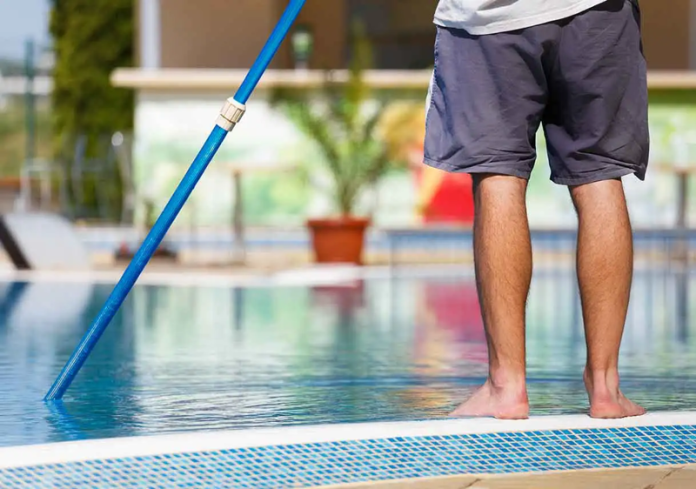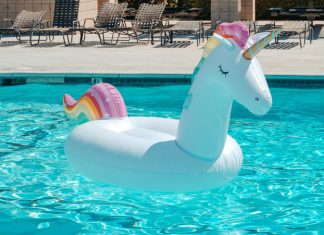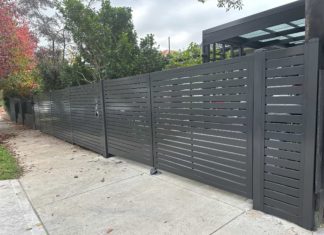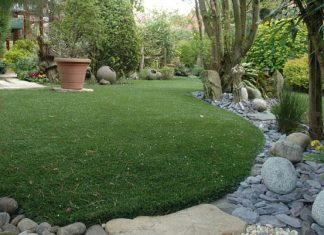Most people are thrilled when they install their first swimming pool. Dipping in cold water feels like a godsend during scorching summer days. Having that luxury in your backyard makes all the difference, allowing you to avoid crowded public pools and long drives.
Although having a pool is fun, maintaining it is an entirely different story. The process takes a lot of time and money, which is why many people get sick of it after a few years.
Luckily, not everything has to be so gloomy. With regular maintenance and a few nifty tricks, you can make your life much easier. So, the next time you’re sipping Piña Colada at the poolside, you won’t have to worry about the cost of owning a pool.
1. Clean the filter
Cleaning the filter provides a number of benefits. Aside from prolonging the life expectancy of your filtration system and pump, it can also ensure a healthier water environment. With this practice, you can also cut the energy costs.
Experts recommend that you clean your filter every three to six months. However, the optimal time period might vary depending on local weather conditions. For example, if your home is in an area with lots of wind, it might be a good idea to check the filter more frequently. This is especially true after heavy storms, as debris might clog the equipment.
2. Monitor water level
If your water level is too low, the skimmer will absorb too much air. As a result, this will cause several issues, such as motor burnout or pump running dry. On the other hand, if there’s too much water, it can interfere with the skimmer, preventing it from properly drawing in debris.
It’s normal for water levels to change over time, especially after heavy rain. Water levels might also drop after heavy usage and splashing. The best way to determine optimal levels is by checking the skimmer – its opening should be half-covered with water.
If you notice that the water is dropping all the time, there’s a good chance of a leak. In such cases, you should buy swimming pool leak detection equipment or hire experts to help you out.
3. Check water quality
As you can presume, water quality is one of the biggest considerations, especially if you have small kids. Besides changing the visual appearance, a wrong combination of chemicals might stimulate the growth of bacteria. The process of adding chemicals to the pool might sound a bit tricky on paper, but you’ll quickly get used to it.
Most notably, your main task is to control chlorine and ensure it’s at an optimal level. You should monitor the water quality every week during summertime, perhaps even more often. Your sweet spot is between 7 and 7.6 pH; lower than that can cause your eyes to sting, and higher quantities lead to skin rash.
4. Scrub the pool
Skimming and scrubbing are two vital maintenance practices. During skimming, your task is to remove leaves and small junk floating on the water’s surface. You can do so manually (cheaper but takes more time and energy) or with automatic equipment. Ideally, you should skim the pool every day during summertime.
The primary purpose of scrubbing is to remove any algae buildup on the sides of your pool. This practice is essential for aesthetics but also for swimmers’ health. Unlike skimming, scrubbing can be done every ten days or so.
5. Clean collection pots and baskets
Every once in a while, you should check collection pots as they often get clogged by hair and other debris. The lint and hair pot is inside the pool pump, and you can easily spot it due to its clear glass. To clean the pot, you first have to turn off the pump so you can release the pressure. You should do this at least two times a week, perhaps more often, depending on use frequency.
6. Utilize tennis ball trick
If you’re a new pool owner, you probably don’t know about this trick. Basically, you can drop a few tennis balls into your pool, spreading them around. The balls can absorb various liquids that utilize oil as their basis, such as lotions and hair products. Keep in mind you’ll have to do this trick alongside your usual maintenance routine.
7. Winterize your pool
By winterizing, you can avoid significant damage to your pool and other equipment. Frost can cause pipe bursts, which can be extensive and tedious to repair. The cold weather might also affect your filter, pump, and liners. Among others, winterization allows you to skip regular maintenance routine during winter months.
You should start winterizing when the temperature falls below 65 degrees (ideally, below 60 degrees). If you do it during warm weather, bacteria, and algae will spawn at a fast rate, which can force you to work around the clock when summer comes around. The process includes cleaning, shocking the pool, and adding various chemicals.
Last thoughts
While pool maintenance might be annoying, it’s the best way to ensure the pool’s longevity and the family’s safety. Of course, it’s also much nicer to swim in a pool with crystal blue water than in some yucky muck.
By implementing our suggestions, pool maintenance will become a breeze. Just make sure to be proactive and address issues as soon as you notice them!













